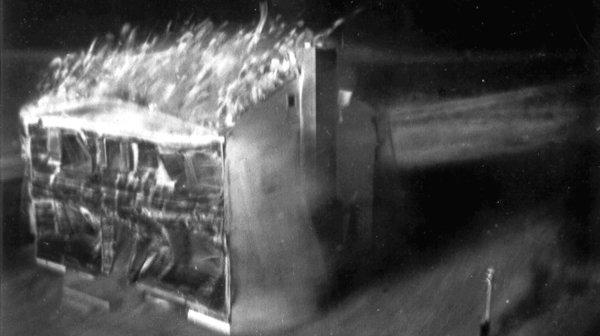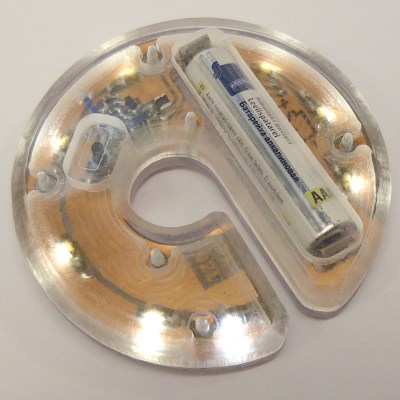Geopolitics is a funny thing. Decades can go by with little concern, only for old grudges to suddenly boil to the surface and get the sabers a-rattlin’. When those sabers happen to be nuclear weapons, it can be enough to have you mulling the value of a bomb shelter in your own backyard.
Yes, every time the world takes a turn for the worse, we start contemplating what we’d do in the event of a nuclear attack. It’s already common knowledge that stout reinforced concrete buildings offer more protection than other flimsier structures. However, a new study has used computer modelling to highlight the best places to hide within such a building to maximise your chances of survival.
Continue reading “New Study Tells Us Where To Hide When The Nukes Are Coming”













